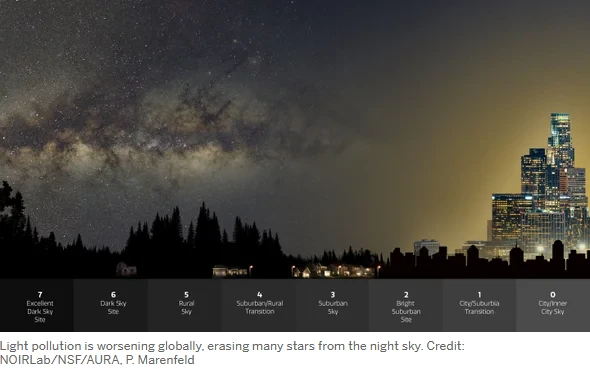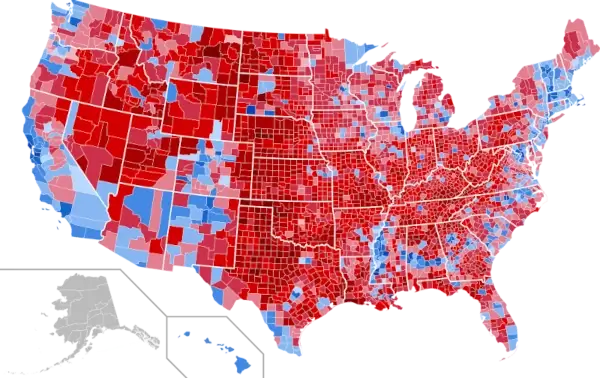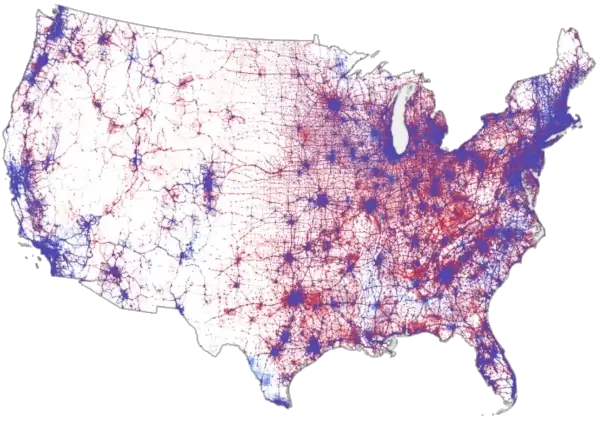
Parts of a Magazine
Where we cover all the "What is the _____ in magazine publishing?" questions.
A |
B |
C |
D |
E |
F |
G |
H |
I |
K |
L |
M |
N |
P |
R |
S |
T
-
- Art
-
In magazine design and layout, all photographs, illustrations, and graphics are all art.
-
- Backbone / Spine
-
Where magazine pages are bound (glued, stapled, stiched).
-
- Baseline
-
The baseline is the line upon which characters sit, and below which extenders extend (letters like lower-case p and q have extenders). Columns of text on a magazine page will often share a commomn baseline.
-
- Bleed
-
Bleed is the overlap of content over the trim line. The bleed is cut away in the trimming process, and ensures that content goes right to the edge in the finished product.
-
- BOB
-
Back of book.
Back of book content tends towards reader-engagement. This is where surveys, puzzles, quizzes, product reviews, user submitted content, and the like are most often published. Back of book is also where smaller format advertising is common.
-
- Body
-
Most text in a magazine is in the same font, size and leading, this text is referred to as the body.

-
- Byline
-
The byline is the line stateing who the piece is by.
-
- Callout / Callout Box
-
Callout is is used to describe both a piece of graphically attached to a graphic explaining some aspect of, as well as a piece of text from the nearby body, displayed as at a larger size to emphasize the point.
-
- Caption
-
A caption is a short line of text descibing a photograph or other image.
-
- Centerfold / Center Spread (UK)
-
The name comes from the middle fold of a magazine, the middle, where the stiching/staples go in a traditionally bound print magazine, but centerfold and center spread both refer to the content of those central pages.
-
- Cover
-
Usually refers to a magazine's front cover - the face of the magazine. The cover is what readers see first. Good covers sell issues. Good issues sell subscriptions, and a satisfied subscriber will re-up, and in digital, buy back issues.
-
- Credit
-
Credit is a small caption published alongside art to give credit to the artist. Credit for several pieces can be given in in a single, larger credit line. Example: "Photographs by Annie Leibovitz."
-
- Crop Marks / Trim Marks
-
Marks showing where printed magazine pages will be cut once bound.
-
- Cutline
-
A cutline is similar to a caption, but discusses the content in more detail. For the following, Scientific American could have chosen to caption the photo simply "Light Polution," but instead chose to use a cutline discussing the issue. Some magazines choose to use both captions and cutlines.

-
- Deck / Standfirst
-
The deck expands on the headline and summarizes the article. Also called subhead and standfirst, it's one of the entry points publishers use to bring readers into a story.
For this page, the deck is:
Where we cover all the "What is the _____ in magazine publishing?" questions.
-
- DPS
-
An abbreveation for double page spread often seen in media kits.
-
- Eyebrow
-
The eyebrow is a top of page text element in a magazine often used to denote the section of the magazine the reader is in.
-
- Feature Well
-
The feature well is where longer form, thoroughly reported features live. Most magazines typically include two to five features per issue.
-
- FOB
-
Front of book.
Front of book content often includes publisher housekeeping, letters to the editor, brief editorial, and generally quick, easy to digest pieces.
-
- Folio
-
The most basic element of a folio is the page number, but folios can also include the name of the publication, the date, section, article title and other information.
Folios usually apear at the top or bottom of the page.
-
- Grid
-
The grid is a magazine's layout. Two column and three column are common grid layouts. The grid should be uniform across pages at the section level, but can change from section to section.
-
- Gutter
-
The gutter is the space between two pages of a magazine. Sometimes also used for the gap betweens columns of text.
-
- Headline
-
The headline is the headline. Okay, the headline (also called hed in publishing shorthand) is the title of the piece.
-
- Infographic
-
Infographics are art, usually illustrations, that aspire to convey complex information in an easily digestable graphic.
Let's take a look at a couple of competing infographics.

The United States appears dominated by red voters when viewed by county.

Viewing by population tells a different story.
-
- Keyline
-
Space around an image to separate it it from other on-page elements.
-
- Kicker
-
Traditionally, kicker is a newspaper term for a piece of text located above the headline designed to pique interest in a piece, but has evolved in more recent years to include a surprising close to an article.
-
- Logo
-
The name of the publication in a type face used on the magazine's masthead and cover.
-
- Margin
-
Margins are the white space surrounding a printed page.
-
- Masthead
-
In the US, the masthead is part of the front of book content, and includes information about the publication, owners, departments, address details,etc.
In the UK this is the imprint. The masthead is the publication's title as it appears on the cover, what we call the nameplate in the US.
-
- Nameplate
-
Sometimes referred to as the flag, the nameplate is the designed title of the magazine, as it appears on the cover (masthead in the UK).
-
- Nut Graf
-
A nut graf is a paragraph that describes an article in a nutshell. Nutshell + paragraph = nut graf. Think of a nut graf as a signpost, partway down the article that tells readers where they're going.

-
- Pullquote
-
Larger than captions and cutlines, pullquotes explain photographs, or literally quote the person in the photograph.
-
- Registration Mark
-
Registration marks help printers ensure the CMYK color plates line up correctly.
-
- Rule
-
A rule is a printed line, as in a straight line from point a to point b. Lines have length, width (thin or thick), color, and texture (solid, dotted, dashed).
-
- Section
-
Think top level categories withing a magazine. Examples of common sections would include Politics, Sports, and Entertainment.
-
- Sidebar
-
Short article related to the main topic of the page, usually in a box or given a special typographical treatment.
-
Spine
-
Standfirst
-
- Starburst
-
Bright, eye catching panel that grabs the reader's attention, often on a starburst shaped background of solid color.
-
- Spread
-
A spread is a unified design of two side by side magazine pages.
-
Subhead
-
- Table of Contents
-
The table of contents (TOC) is a list near the beginning of a magazine giving an outline of what is contained therein, along with the page numbers where each piece of content can be found.
-
Trim Marks
A |
B |
C |
D |
E |
F |
G |
H |
I |
K |
L |
M |
N |
P |
R |
S |
T





